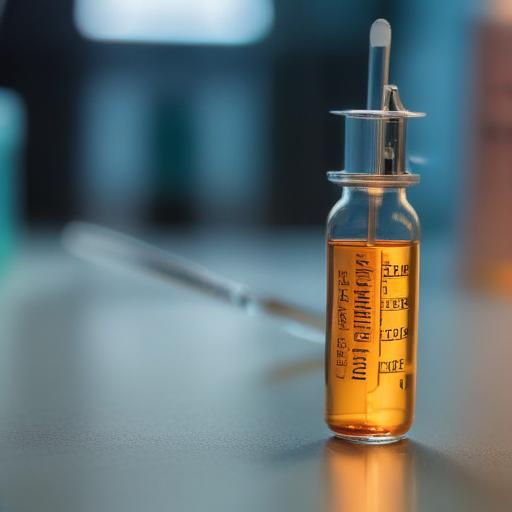A recent news conference titled “Industry in Development Process: Challenges and Future Prospects” was organized by the Plasma and Plasma-Derived Medicines Suppliers Association and attended by senior executives from the industry. The event was held on Tuesday, June 5, 2024, at the Tehran Chamber of Commerce, Industries, Mines, and Agriculture.
During the conference, key speakers included Nerriman Sadri, CEO of Therapynet, Dr. Arash Mamdouhiania, Vice President of the Plasma Donation Association, and Dr. Abadi from the Food and Drug Administration’s Biological Products Department. They discussed the latest developments, challenges, and potential in the plasma-derived medicine industry in Iran.
Sadri emphasized the crucial role of plasma in treating diseases, highlighting its historical significance dating back to World War II when medics transported whole blood to the front, which often spoiled quickly. He noted that one of the key applications of plasma is the production of albumin, critical for treating injuries. By the end of the 1980s, Iran’s plasma industry reached its peak.
Despite the advancements, Sadri pointed out that currently only 85% of the global demand for plasma-derived medications is met, with Iran facing significant challenges regarding plasma supply. Notably, he mentioned that even all donated blood is insufficient to meet internal needs.
Sadri introduced new plasma collection methods using specialized devices that separate plasma from other blood components, allowing individuals to donate plasma weekly, which could significantly increase the availability of plasma.
The private sector is playing a vital role in the industry, with the establishment of the first private plasma collection center in the early 2000s leading to an annual production of half a million liters of plasma, while the country’s needs reach one million liters.
He also addressed challenges in developing plasma collection centers in smaller cities, emphasizing the need for community involvement, as many patients currently lack access to necessary treatments.
Global comparisons reveal that 70% of the world’s plasma is produced in the United States, where it is treated as a personal asset and can be bought and sold. This contrasts with the German model, which compensates donors for their time rather than for the plasma itself.
Statistical data presented at the conference highlighted that:
– 2.3 million blood donations occur annually in the country, a figure that needs to double to meet plasma requirements.
– 38% of the country’s plasma needs are fulfilled through imports.
– The value of plasma-derived medicines in Iran is estimated at about 60 trillion Toman, with a liter of plasma in the US being valued at approximately $200.
Sadri reinforced the importance of transparency and oversight in plasma donations, detailing the integrated system by the Food and Drug Administration that links each plasma unit to the donor’s national ID. He explained that individuals aged 18 to 60 are eligible to donate plasma and warned that any violations by collection centers would be reported and acted upon.
This gathering reflects ongoing efforts to strengthen the plasma-derived medicine sector in Iran, highlighting the need for collaboration between private entities and community efforts to address healthcare challenges.
